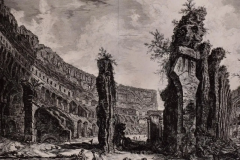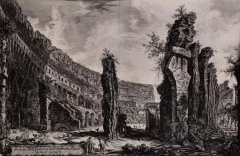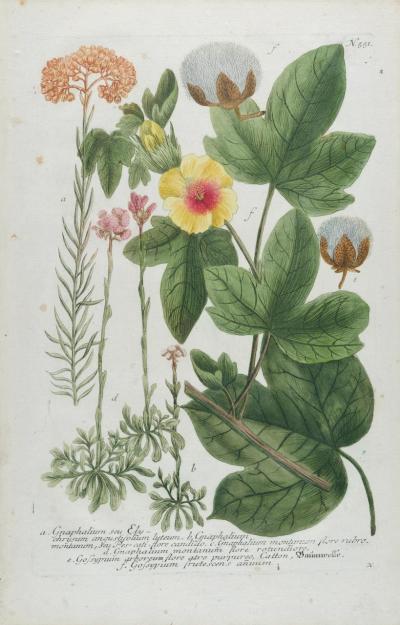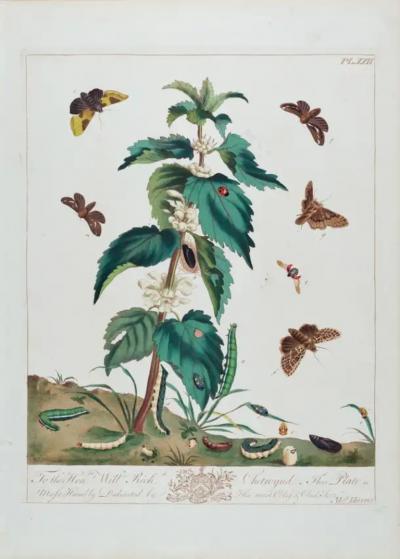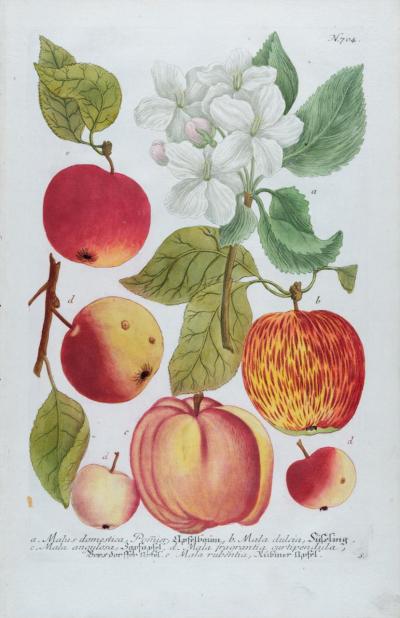The Roman Colosseum: A Framed 18th Century Etching of the Interior by Piranesi
-
Description
This large framed 18th century etching by Giovanni Battista Piranesi entitled "Veduta dell'interno dell'Anfiteatro Flavio detto il Colosseo" (View of the interior of the Flavian Amphitheater known as the Colosseum), was published in Rome in 1766 in Piranesi's monumental work 'Vedute di Roma' (Views of Rome). This etching depicts the interior of the famous ancient Roman colosseum. The way Piranesi chose to illustrate the state of disrepair of the architecture of this wonderful and historically important ancient structure in a way reflects his concern for the decay of many of Rome's monuments and landmarks. This situation was a motivating factor for him to document the appearance of Rome's ancient architecture with his etchings, before there was further deterioration of these magnificent structures. Piranesi chose to jar our senses by selecting a perspective of the Colosseum's interior which places structures in the foreground, like the column of stone in the center and the tall overgrown structure on the right, that disrupt the pleasing symmetrical order of the small archways on the far right. The casual neglect and disrespect of the local Romans for the Colosseum is further communicated by Piranesi when he includes scenes of animals grazing within the building, fallen blocks of stone laying on the ground and vegetation growing out of portions of the structure. People, some ordinary Romans and others possibly tourists on the Grand Tour, wander about the grounds. Some of these individuals are in casual conversation, like the two men adjacent to the stone slab in the lower left, which contains the title of the piece, one leaning against the structure. The peaceful scene is in sharp contrast to the earlier violent battles of the gladiators in this very same spot. Piranesi's name appears in the lower margin on the right.
This Piranesi etching is held by many museums and institutions, including: The Metropolitan Museum, The British Museum, The National Gallery of Art, The Harvard Museum of Art, and The Portland Art Museum.
This magnificent etching is printed on heavy laid, chain-linked, deckle edge paper. It is presented in a brown-colored wood frame and a gray mat. It is glazed with UV conservation glass. All mounting materials used are archival. The frame measures 28.88" high by 37.25" wide by 1.25" deep. There is a central vertical fold, as issued. The print is in very good condition.
Piranesi began collecting, restoring and selling ancient architectural objects in the 1760's in partnership with Thomas Jenkins and Gavin Hamilton, who had financed numerous excavations in the Pantanello area of Hadrian’s Villa at Tivoli. In 1768 Piranesi began creating etchings depicting these objects. The plates were eventually published together as a set in 1778 in "Vasi, Candelabri, Cippi, Sarcofagi, Tripodi, Lucerne ed Ornamenti Antichi". Piranesi dedicated many of the plates to patrons, colleagues, good customers and influential people. Many of the antiquities shown in Vasi were eventually sold to King Gustav III of Sweden by Piranesi's son, Francesco Piranesi, after his father’s death, and now reside in the National Museum in Stockholm.
Piranesi was born in Venice in 1720 and died in Rome in 1778. He was the son of a stone mason and was trained as an architect. After a slow start he eventually achieved great success as an architect, archaeologist, artist, designer, collector, and antiquities dealer. His mission was to glorify the architecture of ancient Rome through his engravings and etchings. His highly dramatized prints often depict imaginary interiors and frequently include figures in mysterious activities, who are dwarfed by the magnitude of their monumental surroundings. Piranesi was knighted by the Pope in 1765 and he was elected a Fellow of the Society of Antiquaries in England in 1757. Piranesi's style greatly influenced the neoclassical art movement of the late 18th century. His dramatic scenes inspired generations of set designers, as well as artists, architects and writers. His prints have continued to increase in value to institutions and collectors.
References:
Wilton-Ely 1994 211
Focillon 1918 760
Hind 1922 78 -
More Information
Documentation: Signed Period: 18th Century Styles / Movements: Other Incollect Reference #: 571117 -
Dimensions
W. 37.25 in; H. 28.88 in; D. 1.25 in; W. 94.62 cm; H. 73.36 cm; D. 3.18 cm;
Message from Seller:
Timeless Intaglio is an online gallery of rare and collectable antiquarian prints, maps and books. Although we specialize in all forms of vintage printed works on paper, the majority were created with the intaglio method of transferring ink from a plate, usually copper, to paper with a technique utilizing pressure generated by a press. Email us directly: rbreiman@timelessintaglio.com


















